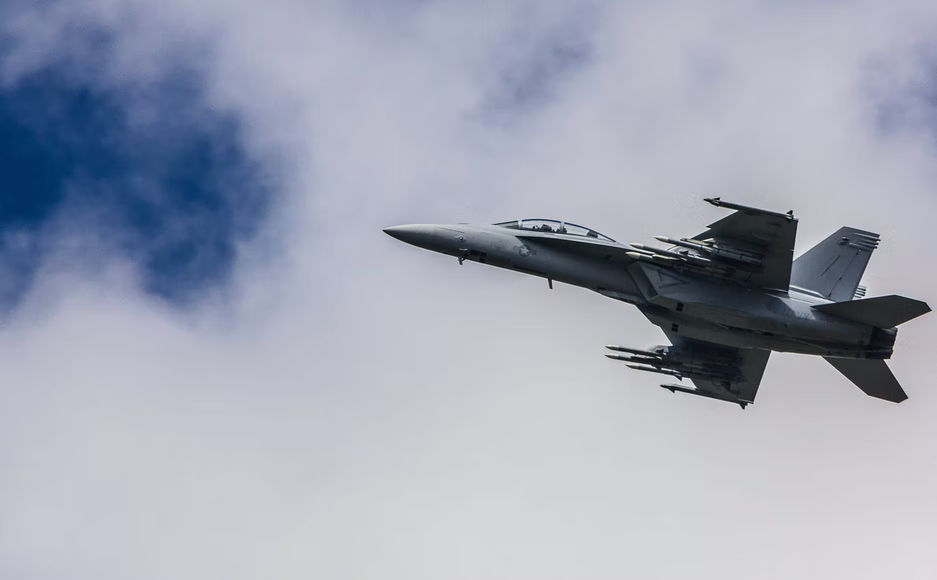India sanctioned the procurement of indigenous military hardware worth Rs 76,390 crore on Monday to enhance combat power with next-generation warships, wheeled armoured fighting units with anti-tank guided missiles, radars to identify weaponry, and tanks to create bridges, the defence ministry revealed.
The defence acquisition council (DAC), India’s highest procurement agency, has granted the capital acquisition proposals its acceptance of need (AoN). AoN by the council, led by defence minister Rajnath Singh, is the first stage in purchasing military weapons under India’s defence procurement guidelines.
Also read: FM Nirmala Sitharaman to launch single nodal agency dashboard – All you need to know
DAC approved the proposals under procurement categories that enhance self-reliance in defence production. “This will provide substantial boost to the Indian defence industry and reduce foreign spending significantly,” the ministry stated.
According to officials, next-generation corvettes for the navy will cost over Rs 36,000 crore and will be deployed for surveillance missions, escort operations, search and attack, deterrence, and coastal defence.
“These corvettes will be based on a new in-house design of the Indian Navy using latest technology, and would contribute to further the government’s initiative of SAGAR (Security and Growth for all in the Region),” the ministry stated. Other DAC-approved plans include the purchase of more Dornier planes, Suk-hoi-30 plane engines, and a coast guard digitalization project.
Also read: Mumbai Police to summon BJP’s Nupur Sharma over Prophet remarks
In the last two years, India has imposed a progressive embargo on the import of 310 types of weapons and systems, including next-generation corvettes, in order to increase self-reliance.
Lightweight tanks, naval utility helicopters, artillery guns, missiles, loitering munitions, missile destroyers, ship-borne cruise missiles, light combat aircraft, light transport aircraft, long-range land-attack cruise missiles, basic trainer aircraft, multi-barrel rocket launchers, assault rifles, sniper rifles, specified types of helicopters, and airborne early warning and control systems are among the military hardware sought to be indigenous.
The war in Ukraine has revealed India’s enormous reliance on imported weaponry, particularly from Russia, and India’s military and strategic planners are wrestling with issues such as how the war may affect the country’s military readiness, alternative sources of military hardware, and accelerating the indigenisation drive to become self-sufficient.
Also read: Will India increase Russian oil imports via Rosneft
The biggest takeaways from the Russia-Ukraine war include the urgent need for weapon diversification, maximum localisation of spares and subsystems to keep Russian-origin equipment operational, and, most importantly, remaining motivated to reach atmanirbharta (self-reliance) to meet India’s growing defence needs, as reported earlier.
“The government has cleared some key military purchases,” military affairs specialist Lieutenant General Vinod Bhatia (retd) remarked. “This is an indication to the world that India is taking quick strides towards self-reliance in defence, and the domestic industry can meet the needs of the armed forces.” Defense self-reliance is important for India’s strategic autonomy, he noted.







